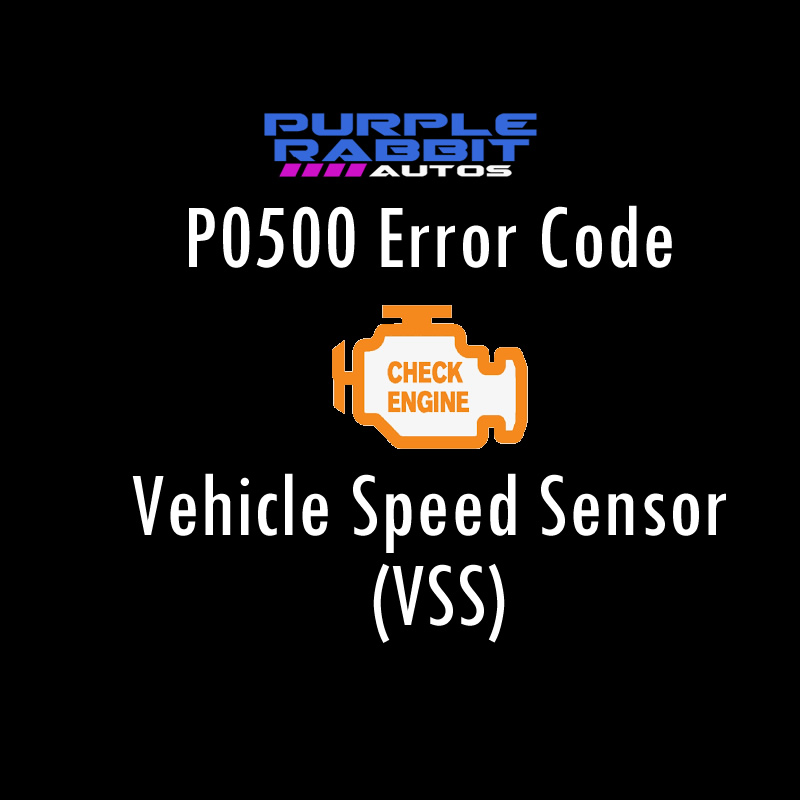Introduction
At some point in your driving experience, you may have encountered the dreaded “Check Engine” light. When that light pops up, it can trigger a sense of urgency and curiosity about what could be wrong. One of the potential causes for this alert is the P0500 error code. This code refers to a malfunction in your vehicle’s Vehicle Speed Sensor (VSS) circuit, but what does it mean, and more importantly, how can you fix it? Let’s explore this together.
What does the P0500 error code mean?
The P0500 error code is associated with the vehicle speed sensor (VSS). This sensor is critical to your car’s operation as it measures the speed at which your vehicle is traveling and sends that information to the Engine Control Unit (ECU). When this sensor malfunctions, it can disrupt the proper functioning of various systems within your vehicle, including the speedometer, cruise control, and even anti-lock brakes.
Symptoms of a P0500 Error Code
When your car registers a P0500 code, you may notice several symptoms, such as:
- Speedometer malfunctioning or not working at all
- ABS (Anti-lock Braking System) warning light coming on
- Difficulty with cruise control
- Stalling or transmission shifting problems
These symptoms can vary depending on the make and model of your car, but the common thread is that they all point to the vehicle’s ability to monitor and regulate speed.
Common Causes of the P0500 Error Code
Understanding P0500 error code can help in diagnosing the problem. Some of the most frequent causes include:
- Faulty Vehicle Speed Sensor (VSS)
- Damaged or corroded VSS wiring
- Malfunctioning speedometer
- Defective Engine Control Unit (ECU)
- Poor electrical connections in the VSS circui

How to Fix the P0500 Error Code
The solution to Understanding P0500 error code and resolving it depends on the underlying cause. Here’s a step-by-step guide on how to approach fixing the issue:
-
Check the Wiring and Connections: Before replacing any parts, inspect the VSS wiring and connectors. Loose or corroded wires can be the culprit.
-
Test the Vehicle Speed Sensor (VSS): Use a multimeter to test the VSS for proper voltage and resistance. If the sensor is faulty, replacing it might solve the issue.
-
Check the Speedometer: If the speedometer is malfunctioning, that could be the reason for the P0500 code. It’s worth inspecting to see if a repair or replacement is needed.
-
Replace the Vehicle Speed Sensor: If testing reveals that the VSS is defective, replacing it is the next step. Make sure you’re using the correct part for your vehicle make and model.
-
Consult a Professional: In cases where the issue might be with the ECU or if DIY troubleshooting hasn’t solved the problem, it’s always a good idea to consult a certified mechanic.

Preventing Future P0500 Errors
Regular maintenance and paying attention to the early warning signs can prevent future instances of the P0500 code. Ensure your vehicle’s sensors and wiring are checked during routine services, and always address any abnormalities in the speedometer or transmission promptly.
Conclusion
Encountering the P0500 code may seem daunting at first, but with the right approach, you can troubleshoot and resolve the issue. Whether it’s a simple fix like tightening a loose wire or replacing the Vehicle Speed Sensor, understanding the cause will help you avoid unnecessary repairs and keep your car running smoothly. Always remember, when in doubt, seek professional help to ensure the safety and longevity of your vehicle.
